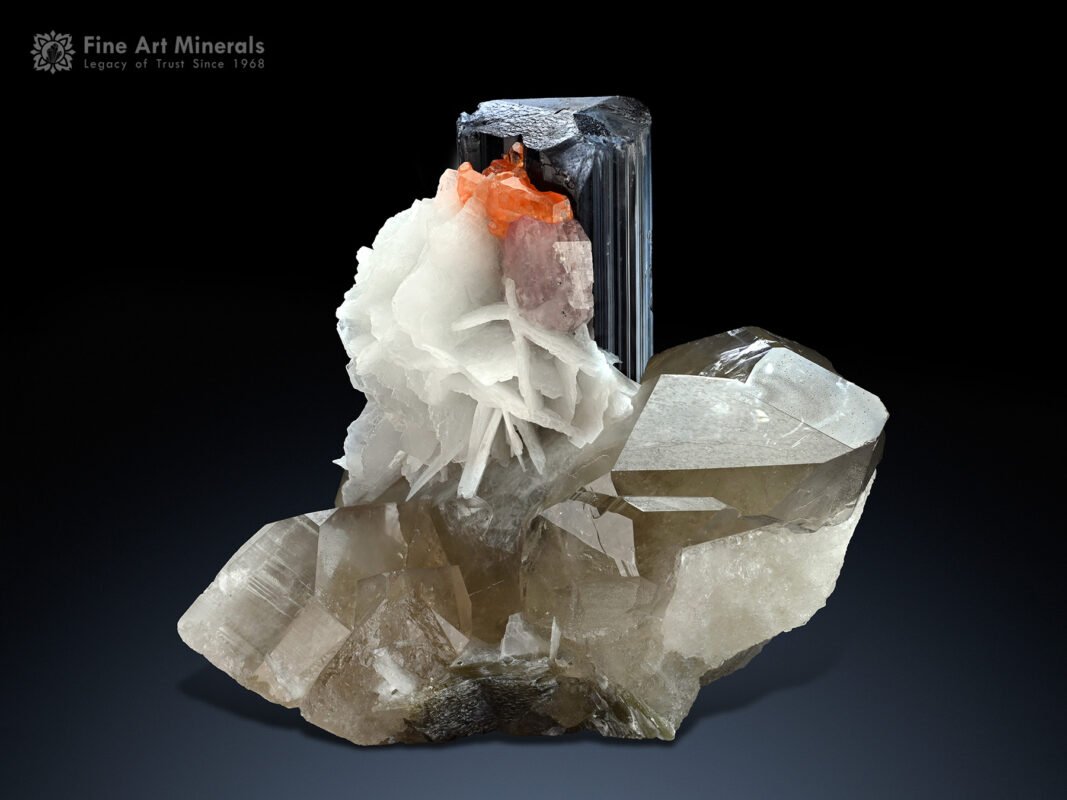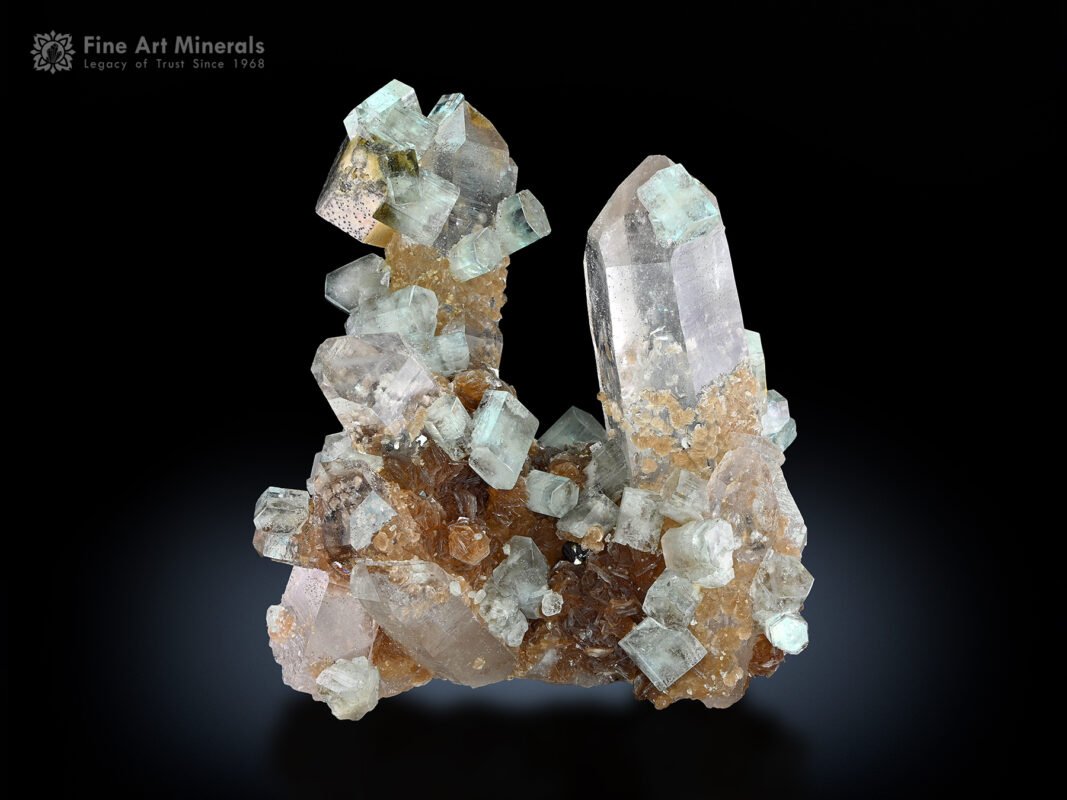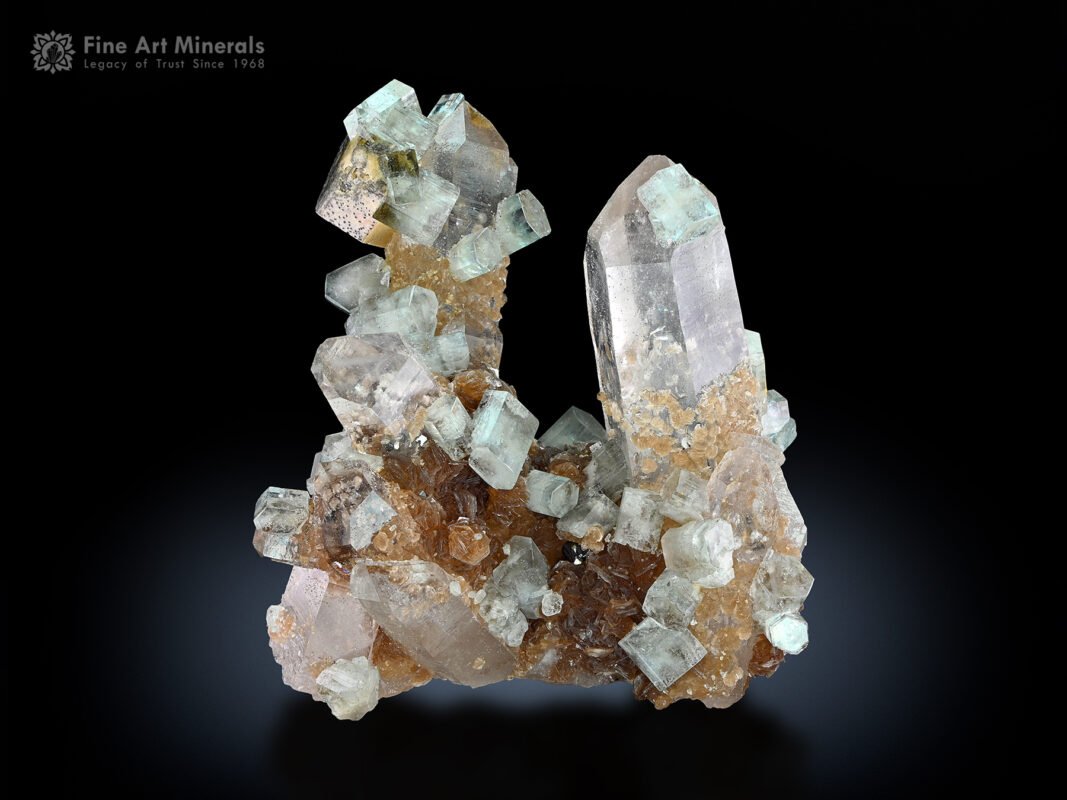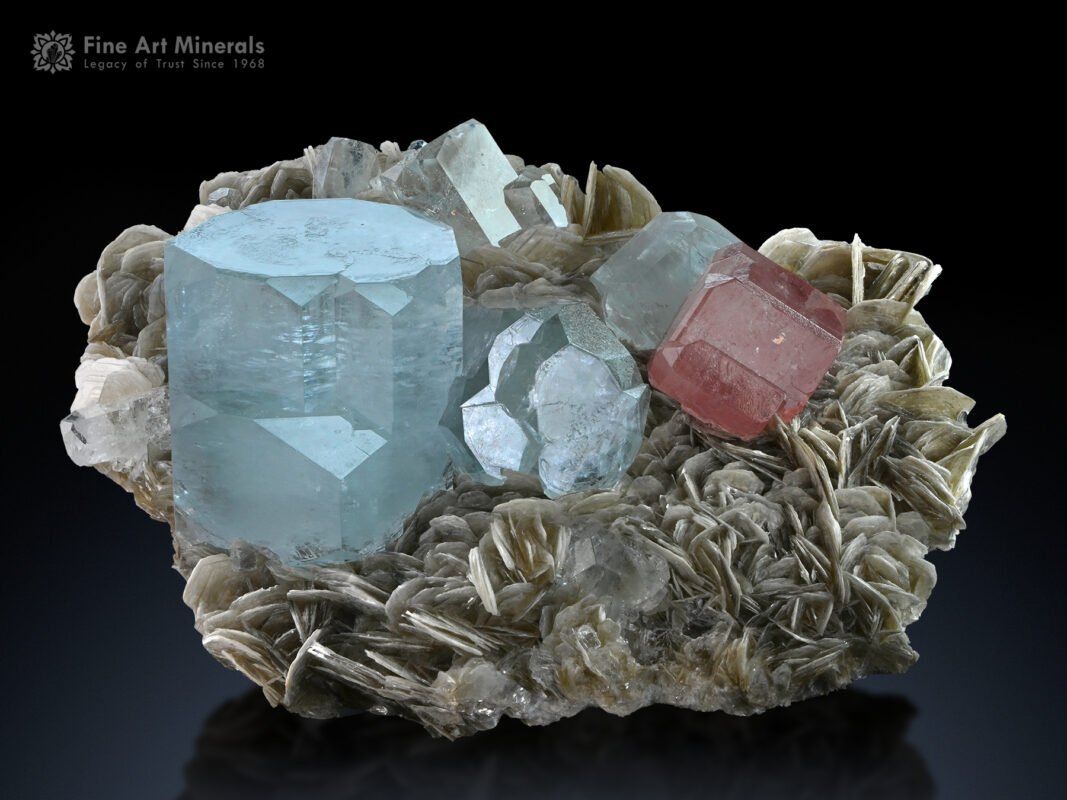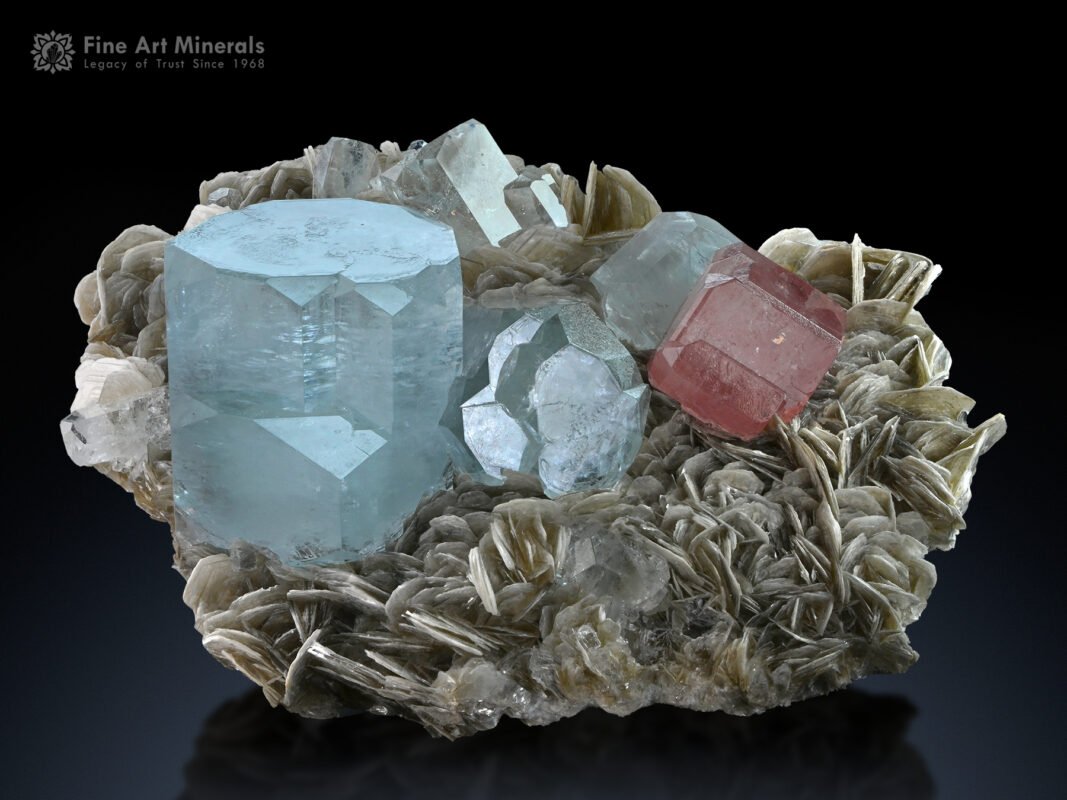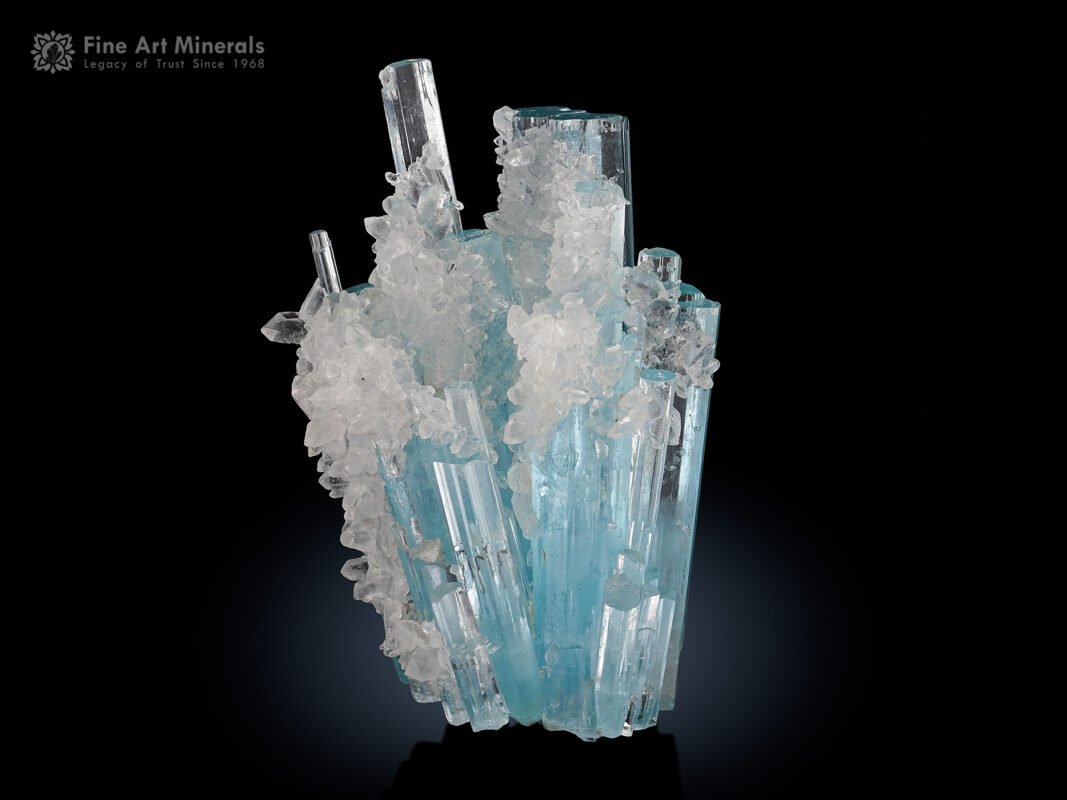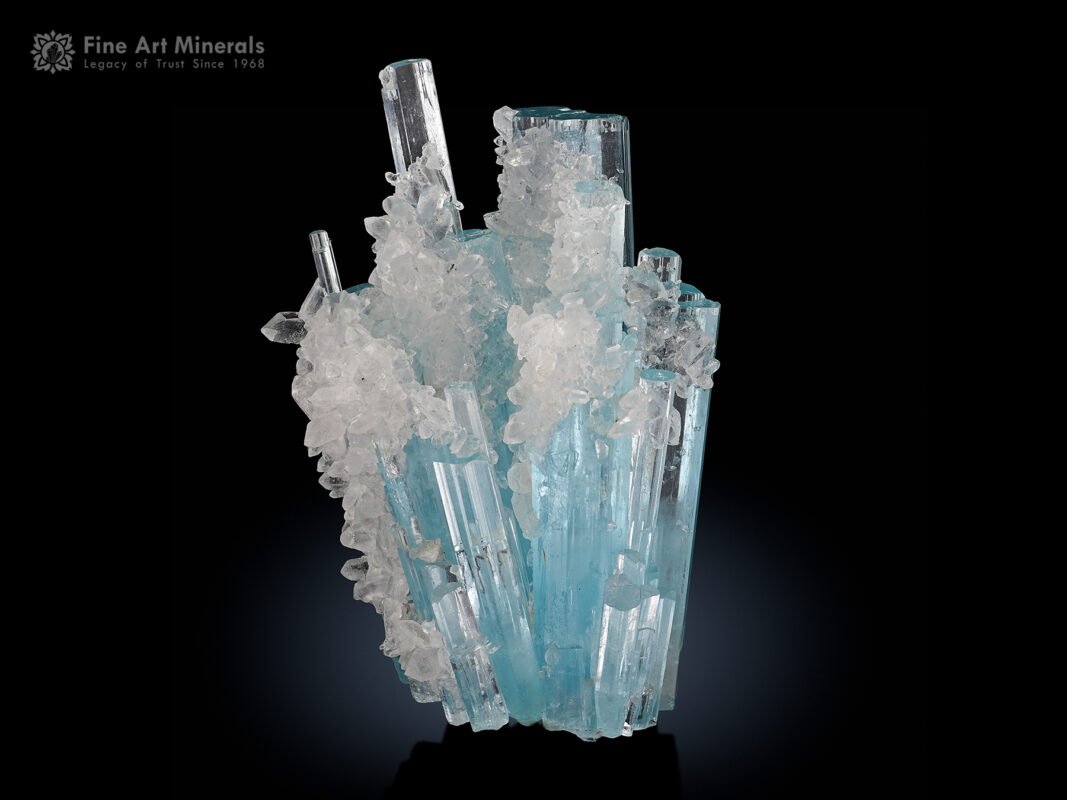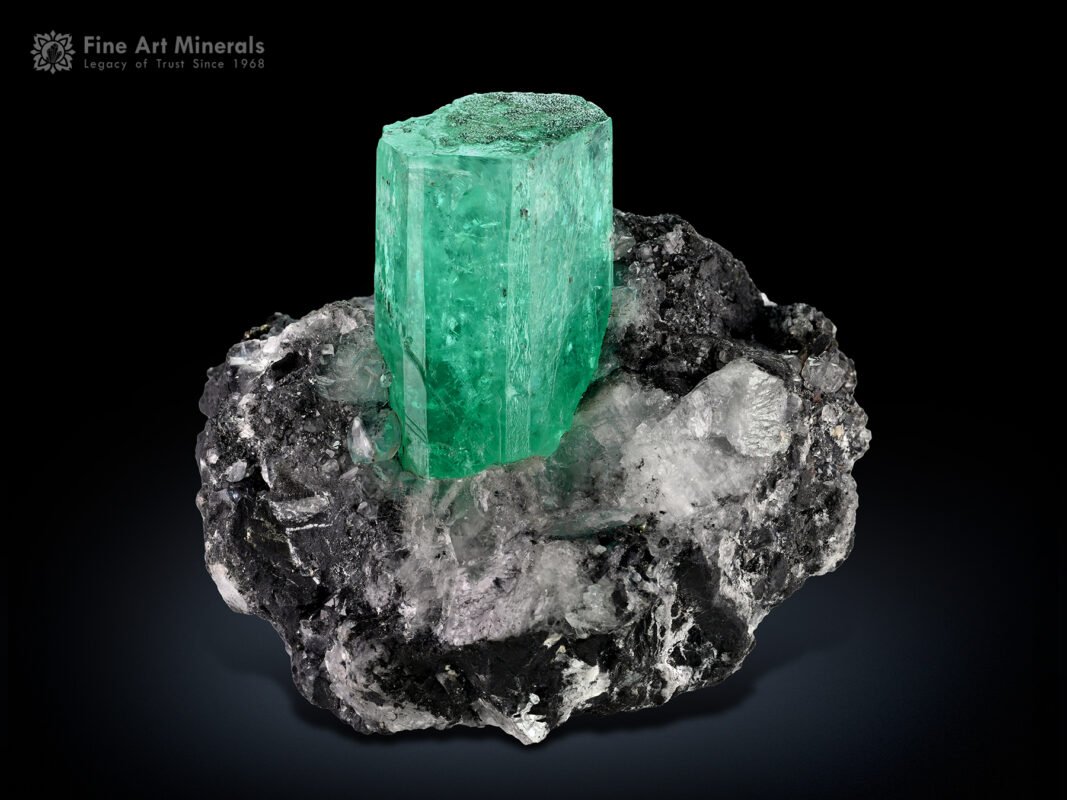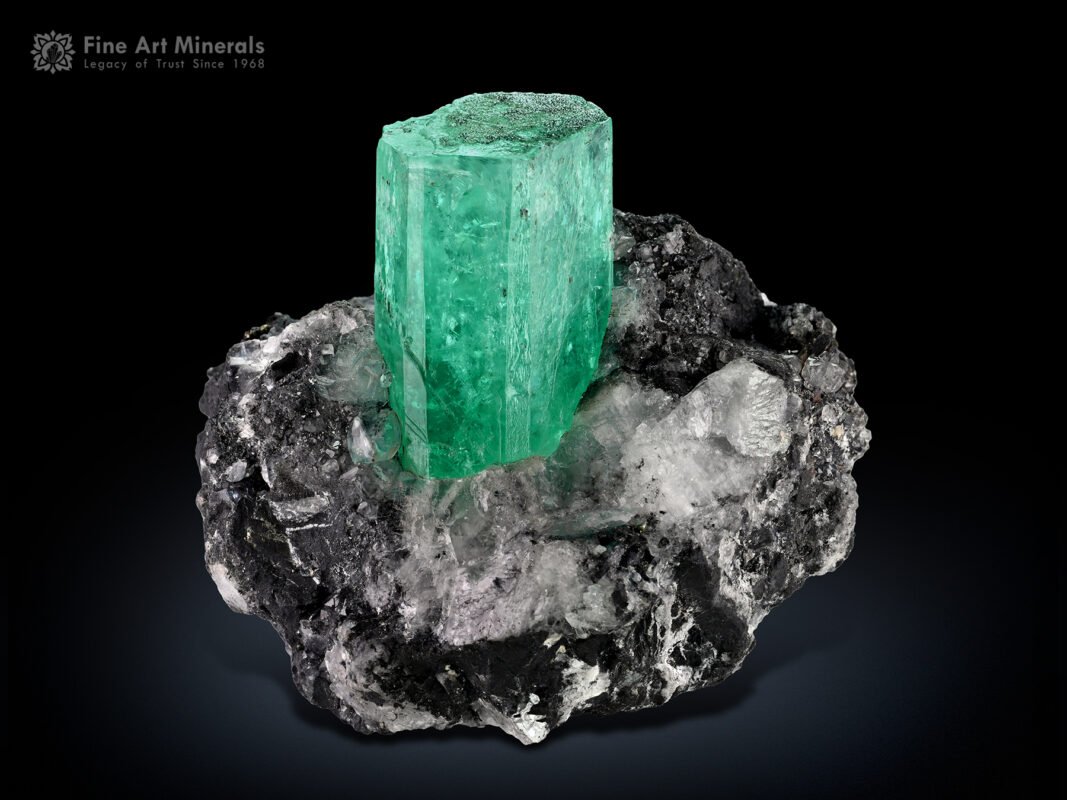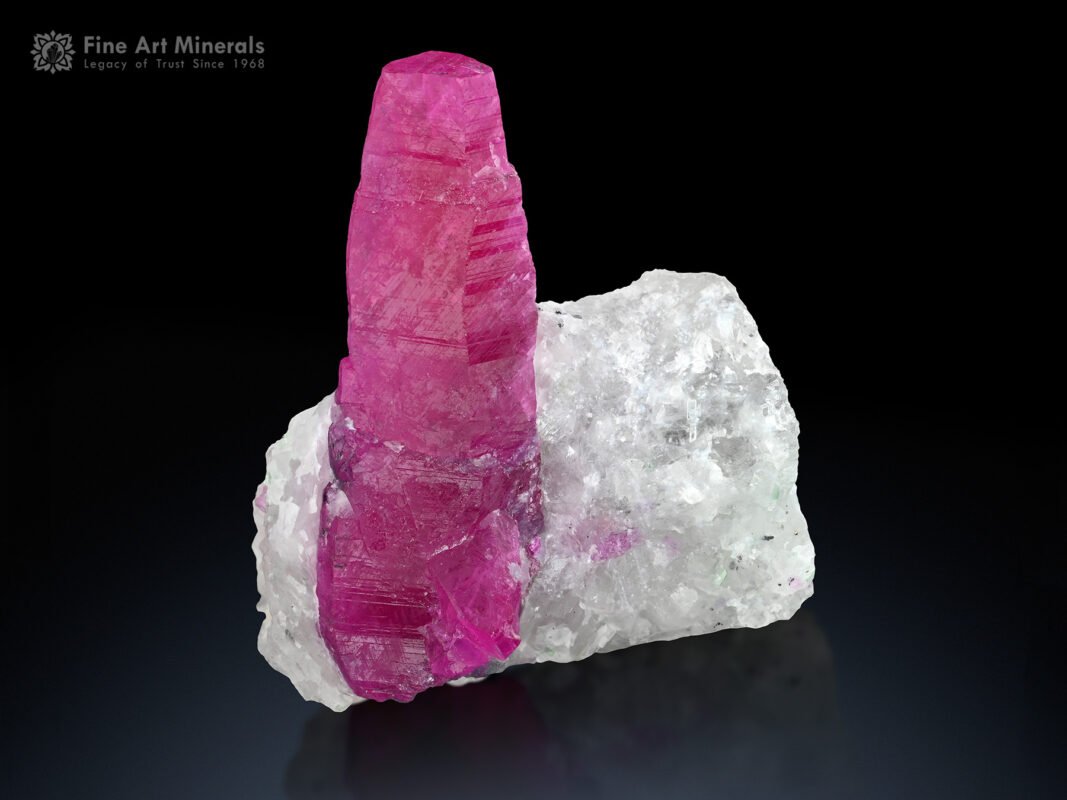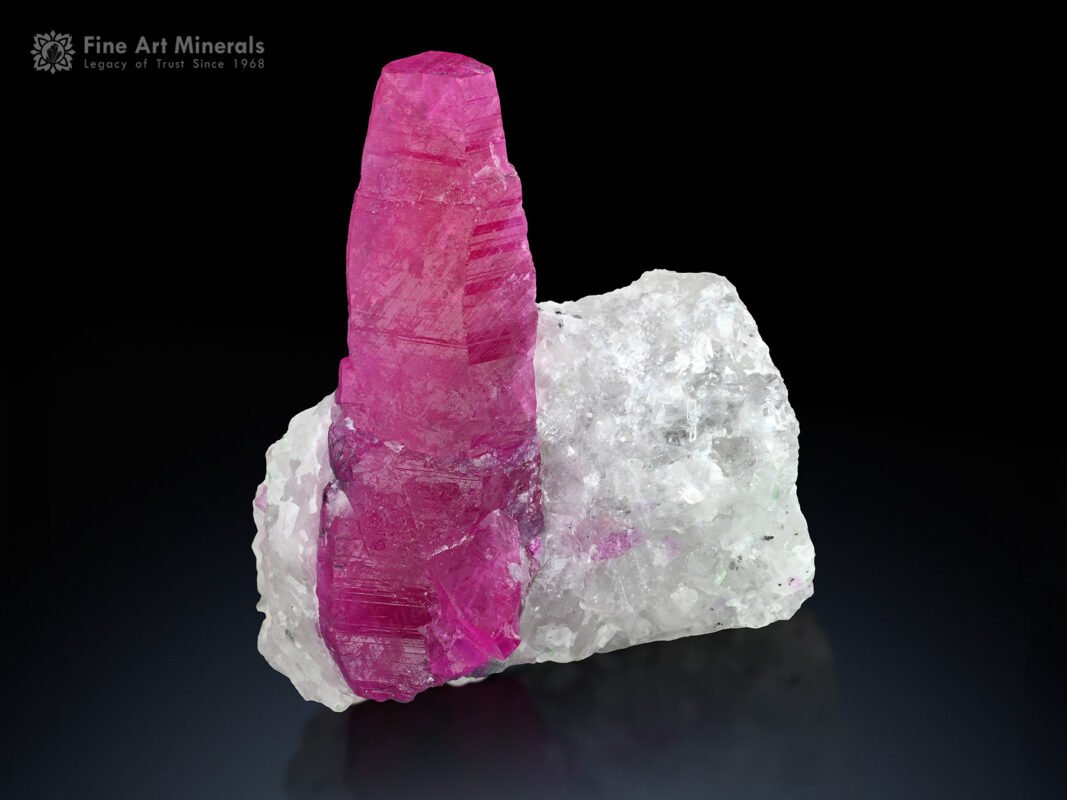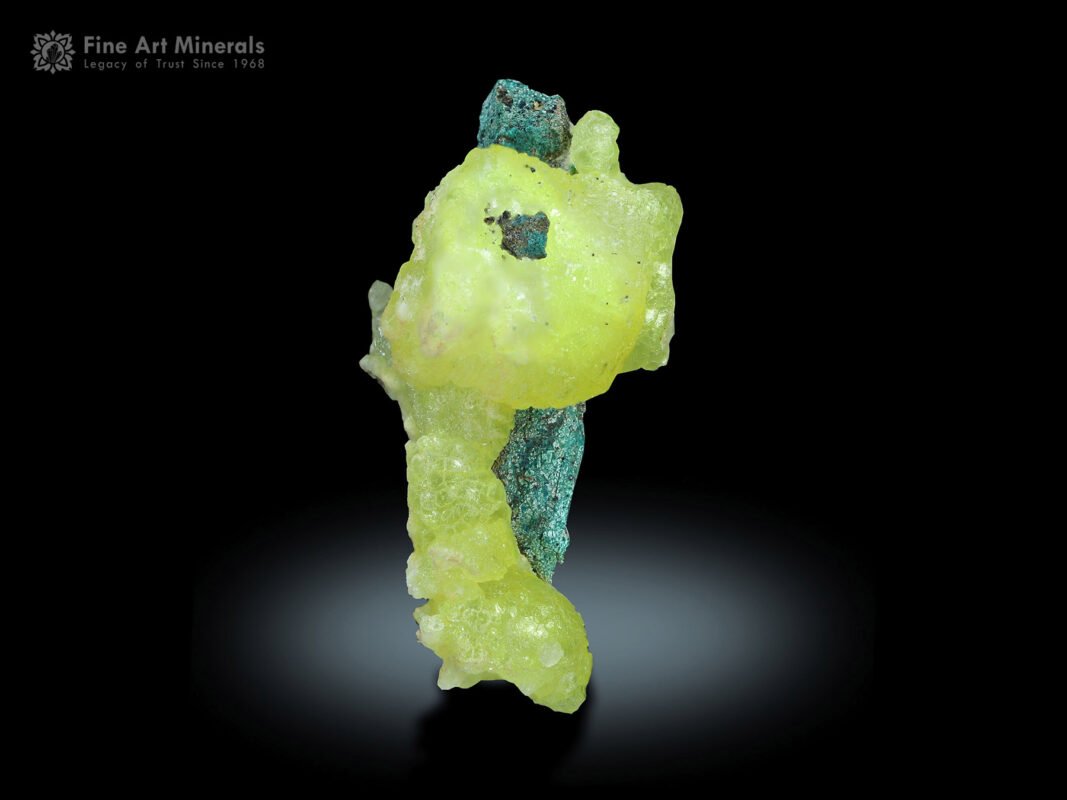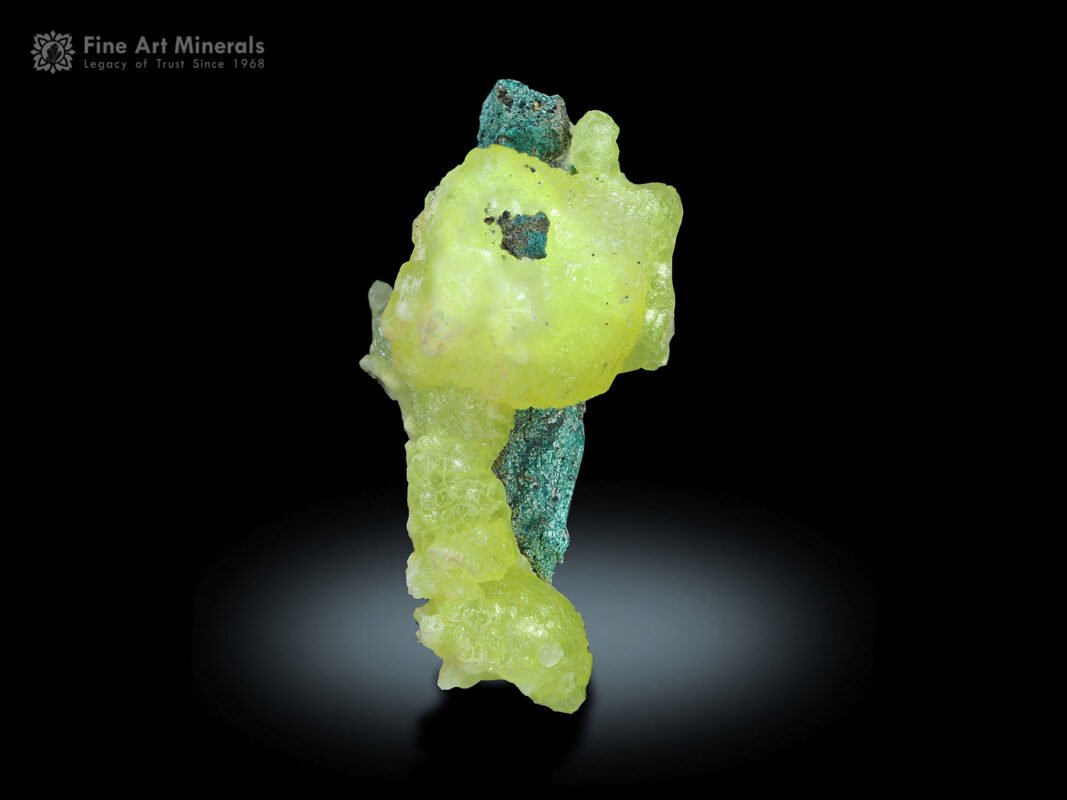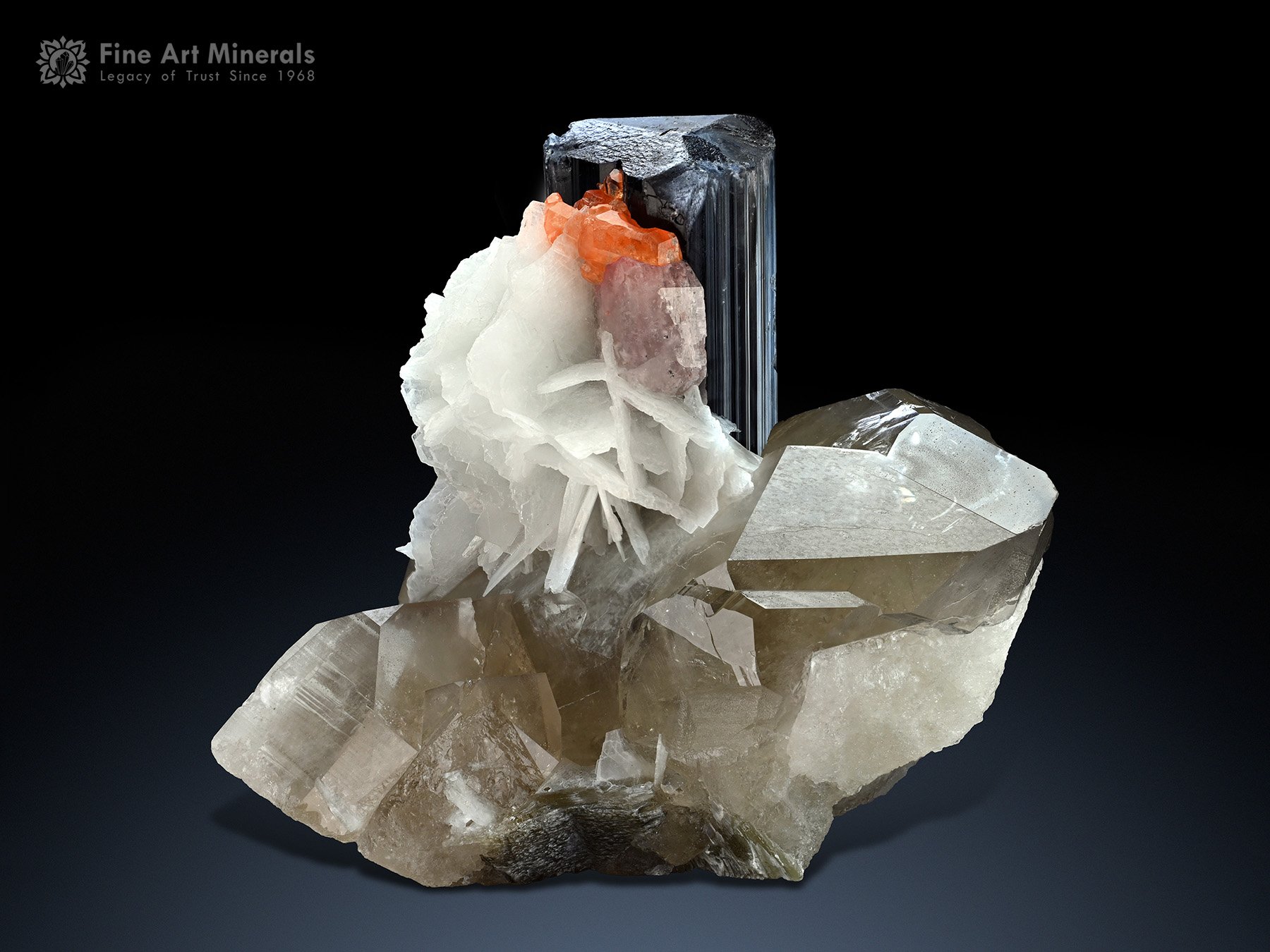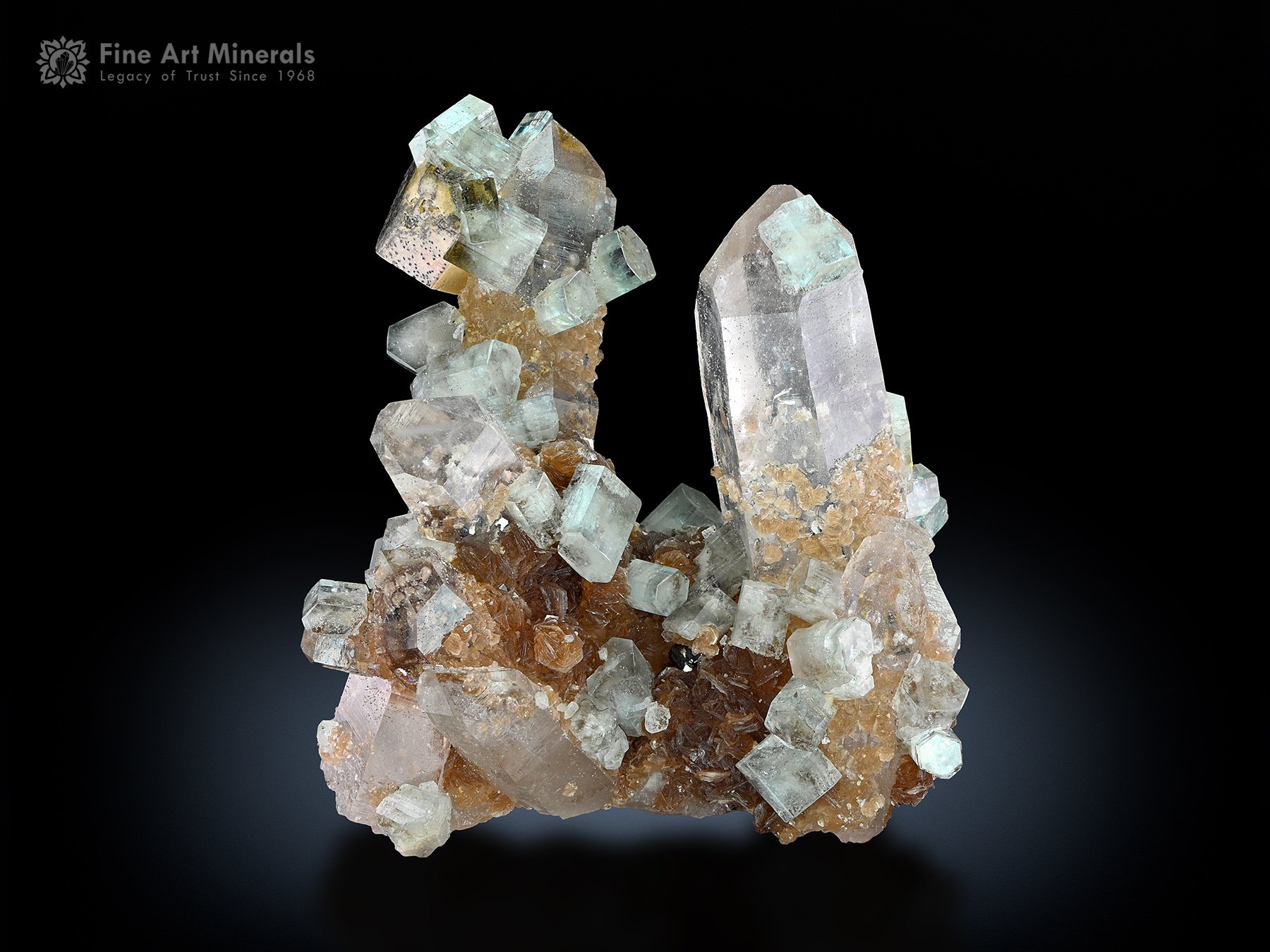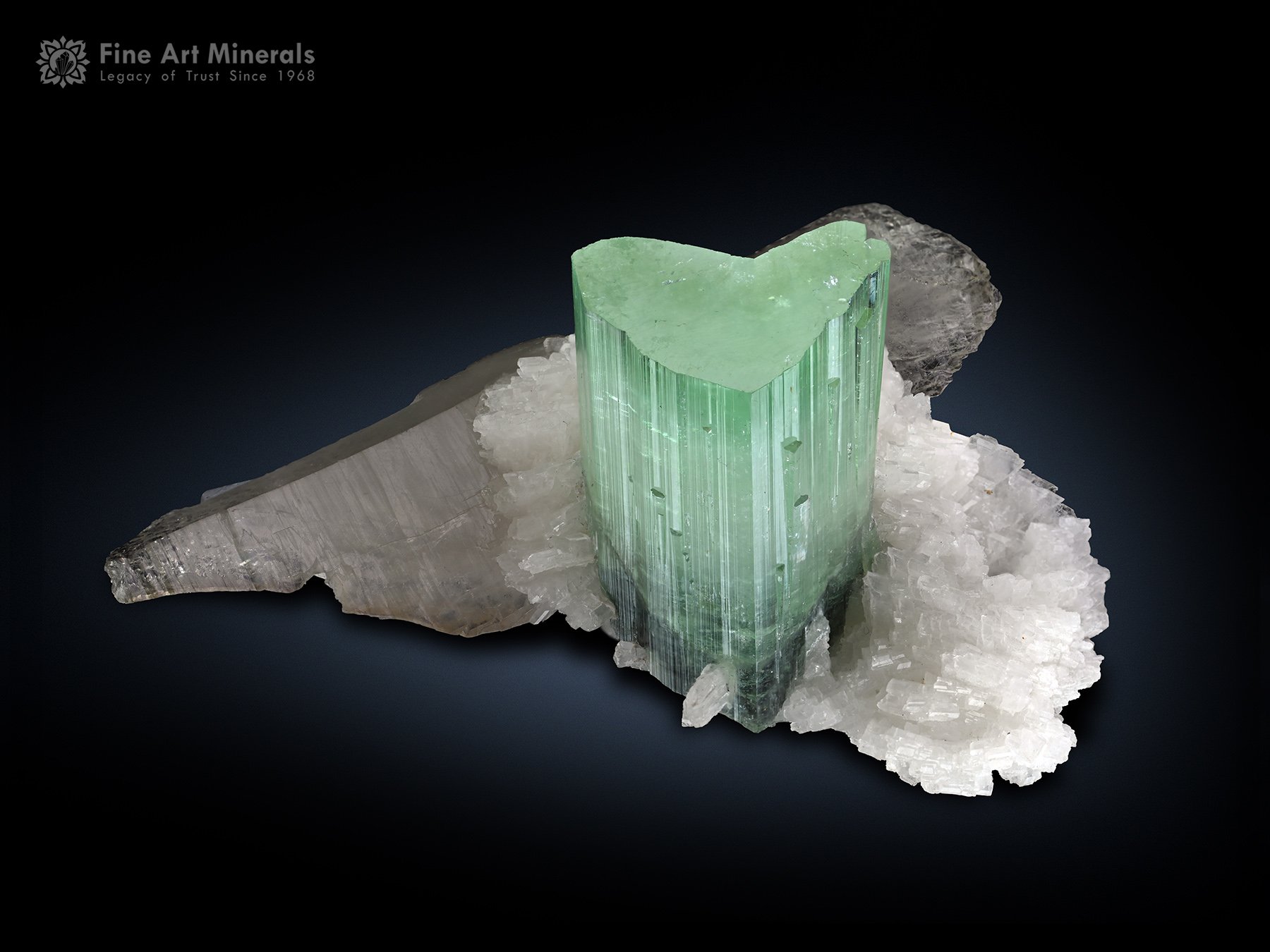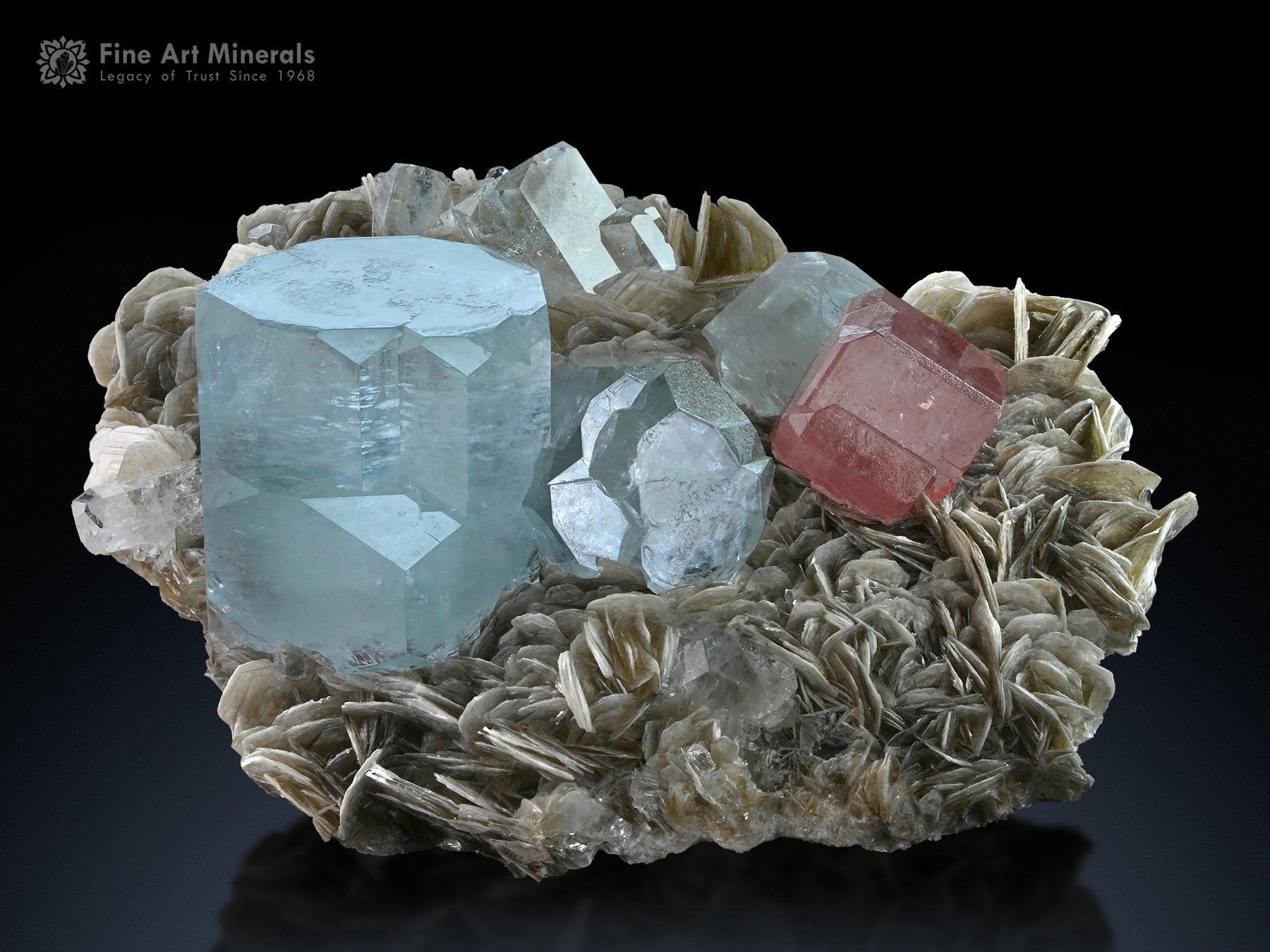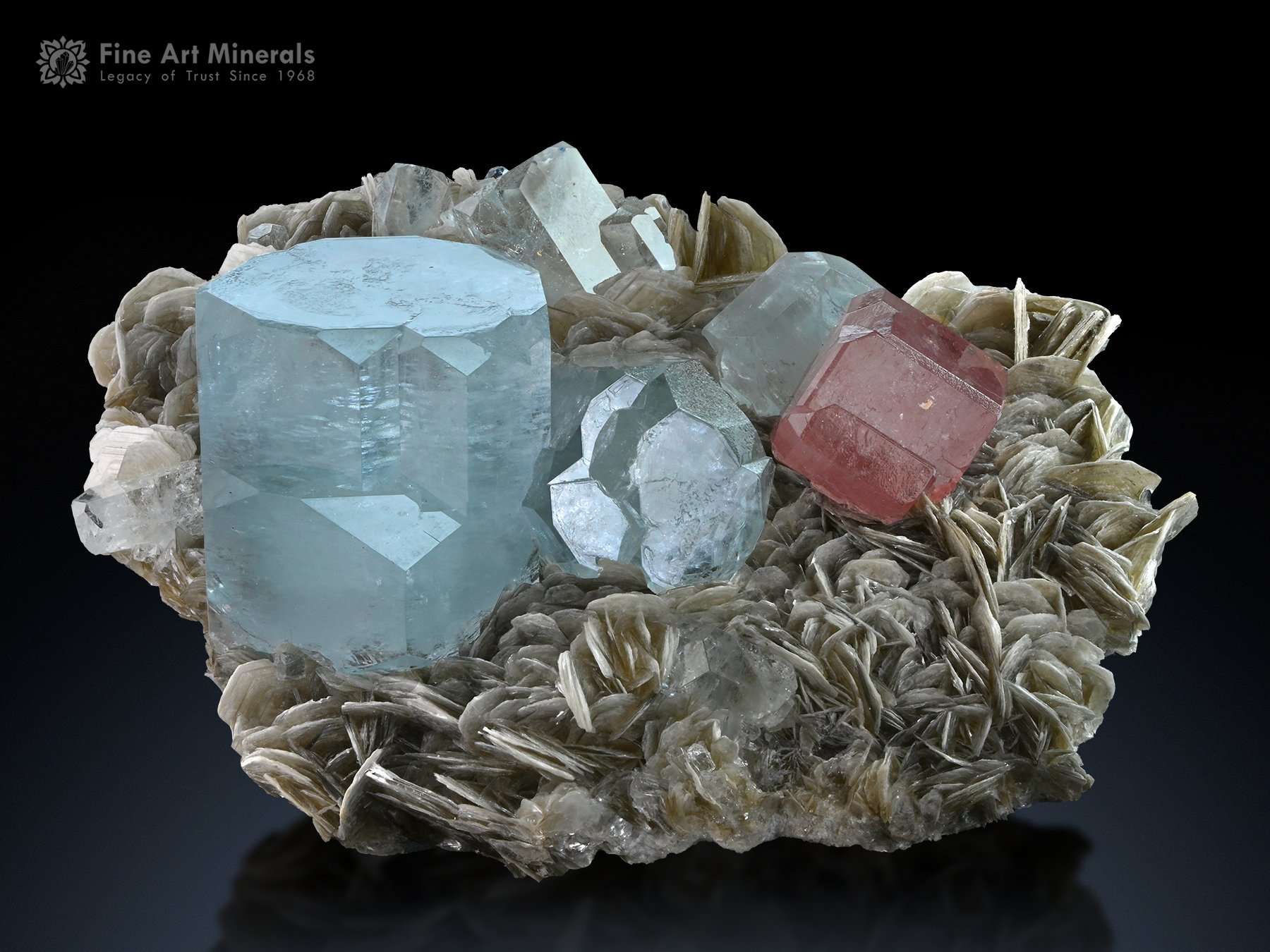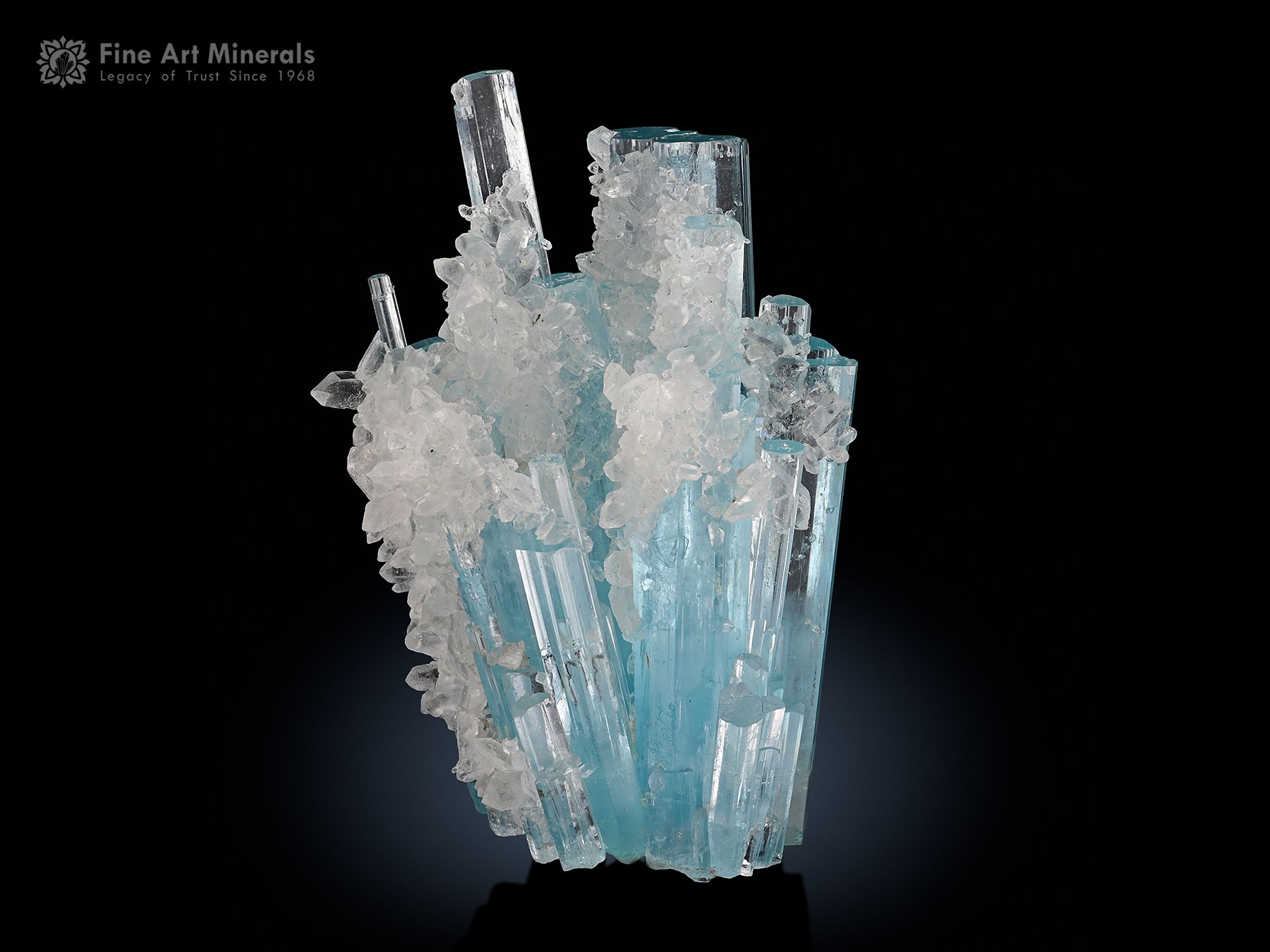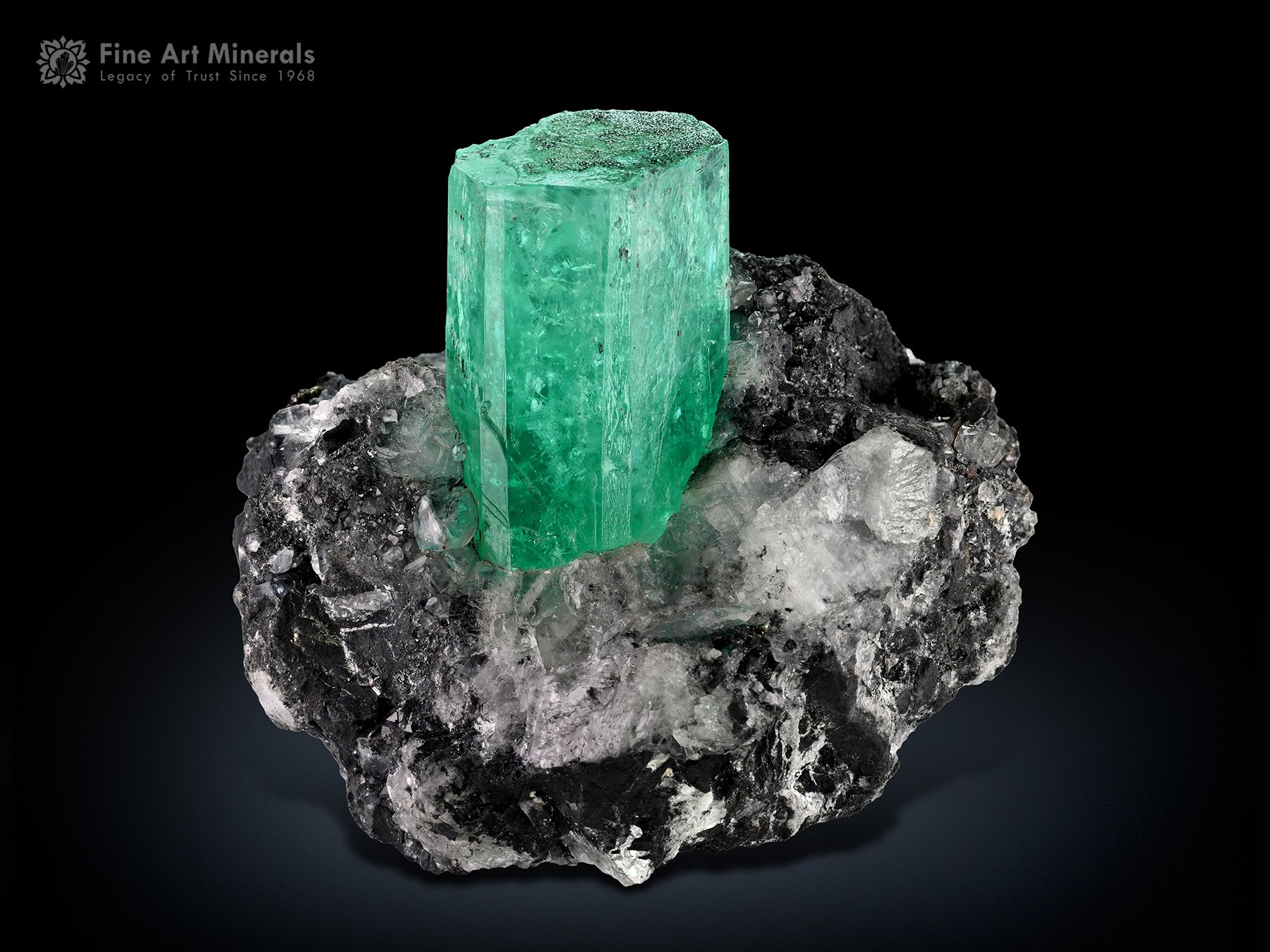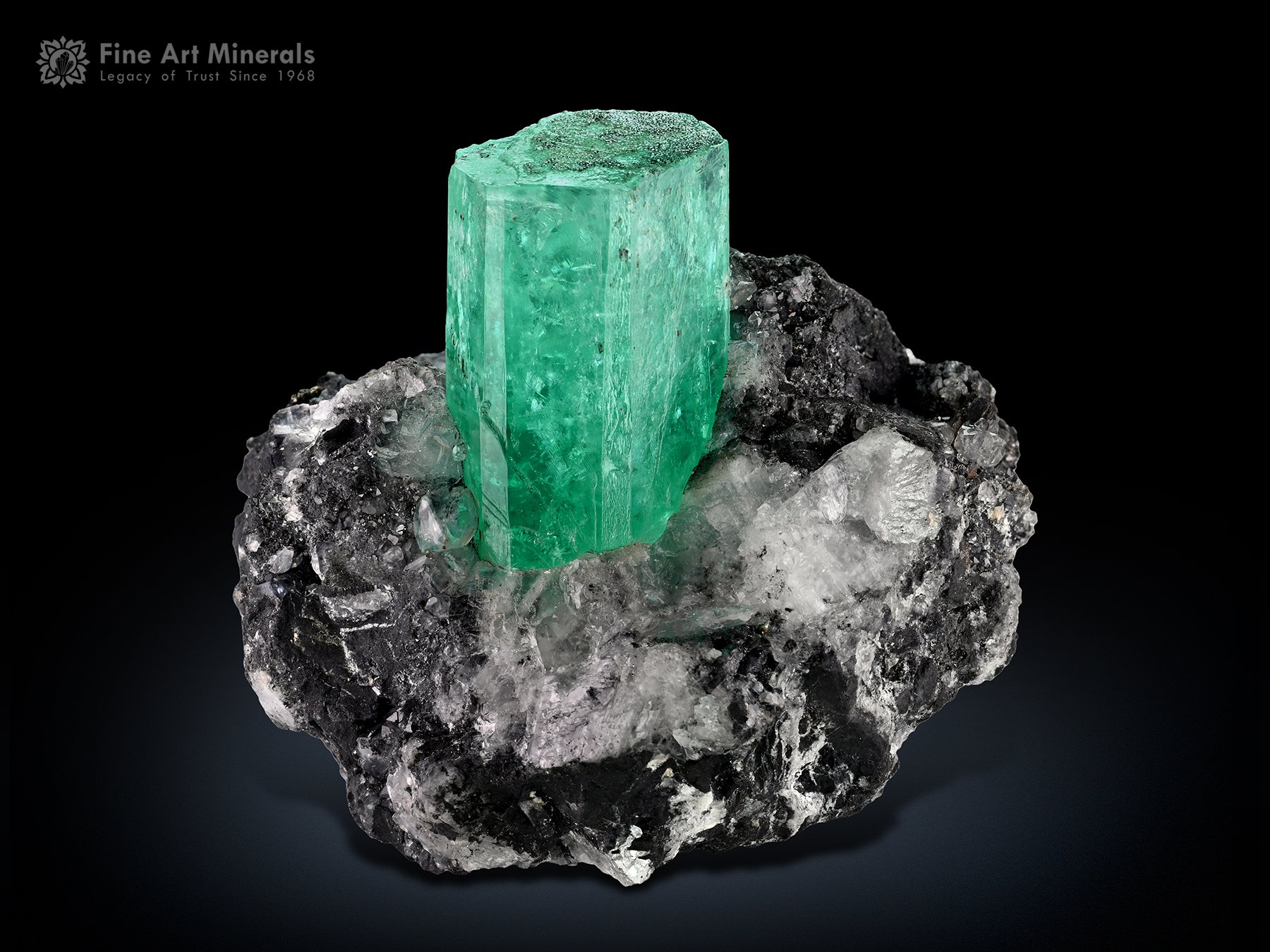In this blog, I will let you know about How Minerals are Formed in Nature, Minerals are naturally occurring substances that are formed through various geological processes within the Earth’s crust.
These minerals are composed of various chemical elements and compounds and they play a critical role in many aspects of our lives.
From the building materials used to construct homes and infrastructure to the metals and minerals used to create electronics minerals are essential resources that have shaped human civilization.
Minerals are formed through a variety of processes, including crystallization from magma or lava, precipitation from aqueous solutions, and the deposition of mineral particles from the atmosphere or bodies of water.
The specific conditions under which mineral forms determine its physical and chemical properties, including its color, hardness, and density.
Understanding how minerals are formed is crucial for geologists and other scientists studying the Earth’s history and structure. It also helps us identify and extract valuable minerals for use in a wide range of industries.
Minerals exist in various forms of expression, such as when salt water evaporates, and when the chemical from hot fluids came out from such fluids.
Other ways of forming minerals naturally are like when hot gasses and molten rocks cool when one temperature or pressure changes another or when hot fluids evaporate.
Table of Contents
Toggle9 Ways How Minerals are Formed in Nature
Now we will explore the different processes that lead to the formation of minerals and the various factors that influence their properties.
1. Hydrothermal Environments
Hydrothermal environments are geological systems where hot water circulates through the Earth’s crust. These systems are responsible for a wide range of mineral formation processes, including hydrothermal alteration and mineralization.
The process begins when hot water, usually rich in dissolved minerals, rises from deep within the Earth’s crust and flows upwards towards the surface.
As it ascends, the water becomes cooler due to heat loss to its surroundings, leading to the precipitation of minerals that were previously dissolved in the solution.
This process can also cause chemical reactions in existing rocks or sediments that change their composition and create new minerals. The resulting deposits can be incredibly valuable sources of precious metals like gold and silver.
Hydrothermal environments occur all over the world but are particularly common near volcanic activity or areas with active tectonic plates.
Studying these environments is essential for understanding how various types of minerals form and accumulate throughout time.
2. Metamorphic Environments
Metamorphic environments are geological settings where existing rocks undergo changes in texture, composition, and structure due to intense heat, pressure, and chemical reactions.
These alterations can occur deep within the Earth’s crust or surface-level conditions such as contact with magma or hydrothermal fluids.
The metamorphic process creates new minerals from pre-existing ones through recrystallization or chemical exchange.
Minerals formed in metamorphic environments have unique properties that distinguish them from those produced by other geological processes.
They typically exhibit greater density, hardness, and resistance to weathering than their counterparts.
Common examples of minerals formed through metamorphism include quartzite derived from sandstone by recrystallization under high temperature and pressure;
Schist was created by the transformation of shale into parallel layers of mica and other minerals, and marble resulted from the alteration of limestone or dolomite through exposure to heat and pressure.
3. Igneous Environments
Igneous environments are areas where molten rock, or magma, cools and solidifies. This process can occur above ground as lava flows or underground as intrusive rocks.
The minerals formed in these environments are often unique due to the extreme conditions under which they were created.
As magma cools and solidifies, the atoms within the mixture begin to form a crystalline structure. This process is known as mineralization and results in the formation of various minerals such as quartz, feldspar, and mica.
The type of mineral that forms is dependent on factors such as temperature, pressure, and chemical composition.
Intrusive igneous rocks cool slowly beneath the Earth’s surface allowing for larger crystals to form while extrusive rocks cool quickly resulting in smaller crystals.
Some minerals that form in igneous environments have commercial value such as copper and gold.
4. Pegmatitic Environments
Pegmatitic environments are geological formations that lead to the formation of some of the most valuable minerals we use today.
These environments are formed by hot, molten magma rising from deep within the earth and interacting with cooler rocks and water.
Over time, this interaction leads to the formation of an extremely complex system of mineral-rich veins and pockets, which can contain everything from quartz and feldspar to rare elements like lithium.
The formation process in pegmatitic environments is incredibly important for our understanding of how minerals are created on our planet.
The high temperatures and pressures involved in this process cause atoms to become rearranged into new molecular structures that make up the various minerals found within these formations.
This has led scientists to study pegmatitic environments as a way of better understanding how different types of minerals form under varying conditions throughout the earth’s history.
5. Weathering Environments
Weathering environments are geological processes that break down rocks and minerals through natural forces such as wind, water, and temperature changes.
These conditions can lead to the formation of new minerals by altering the chemical composition of existing ones.
Mineral formation in weathering environments is a complex process that involves several factors such as mineral solubility, pH levels, and microbial activity.
One example of mineral formation in weathering environments is the creation of clay minerals from feldspar.
This transformation occurs when feldspar reacts with water and other chemicals to create clay particles that are then deposited in sedimentary layers.
Another way minerals can form in these environments is through oxidation reactions. For instance, iron oxide can develop when iron-containing minerals react with oxygen from the air or water.
Overall understanding how minerals are formed in weathering environments is crucial for geologists to gain insight into past geologic events on Earth’s surface.
6. Cave Formation
Cave formation is a natural geological process that occurs when water flows through rock and dissolves minerals, creating hollow spaces underground.
Over time, these spaces grow larger as more water flows through them, leading to the formation of intricate cave systems.
These caves are often decorated with stunning mineral formations such as stalactites and stalagmites which are formed from mineral deposits left behind by dripping water.
Minerals form in caves through a process known as precipitation. As water moves through the rocks and soil above the cave, it picks up dissolved minerals like calcium carbonate or magnesium sulfate.
When this mineral-rich water drips into the cave system, it leaves behind tiny deposits on the walls and ceilings.
Over time, these deposits accumulate to form larger structures like stalactites which hang from the ceiling, or stalagmites which rise up from the floor.
7. Chemical Formation Of Minerals
The chemical environment refers to the conditions under which a mineral forms, including temperature, pressure, and the presence of other minerals or chemicals.
These factors can influence the formation of minerals in many ways from altering their crystal structure to changing their color or texture.
Understanding how minerals form in different chemical environments is key to unlocking their potential uses and applications.
One important factor that drives mineral formation is temperature. In high-temperature environments such as volcanic areas or deep within the Earth’s crust minerals may form through processes such as solid-state reactions or melting and recrystallization.
In lower-temperature environments like sedimentary rocks or hydrothermal systems minerals may form through precipitation from solution or by replacing existing materials.
Another important factor that influences mineral formation is pressure.
8. Volcano Formation Of Minerals
Volcanic environments are one of the most fascinating and complex natural systems on our planet. These areas, characterized by intense heat and pressure, play an essential role in mineral formation.
Volcanoes can produce a vast range of minerals, including precious metals like gold and silver, as well as rare earth elements used in high-tech applications.
Minerals formed in volcanic environments typically originate from the cooling and solidification of magma or molten rock.
As magma cools down underground, it can crystallize into a variety of minerals depending on factors such as temperature, pressure, and chemical composition.
Once the magma reaches the surface through volcanic eruptions or other processes, it can create new mineral deposits through reactions with water or air.
Understanding how minerals form in volcanic environments is crucial for both scientific research and industrial applications.
9. Human Made Minerals
Human-made minerals are a recent addition to the world of mineralogy, and they have been gaining popularity among researchers in various fields.
These minerals are not formed naturally but rather through human intervention. They can be created by heating or mixing different types of chemicals, which then react to form new compounds that have mineral-like properties.
The process of forming human-made minerals is complex and requires careful attention to detail. The first step is identifying the chemical compounds needed for the specific type of mineral desired.
Once these compounds are identified they must be combined in precise proportions and subjected to extreme heat or pressure.
This causes them to react and form new mineral compounds that may have unique physical or chemical properties.
Some examples of human-made minerals include synthetic diamonds which are used extensively in industry due to their hardness and durability.
Conclusion
Minerals are formed through a variety of processes that take place over millions of years.
Whether it is from magma cooling and solidifying, or from the accumulation of sediment and organic matter, minerals are constantly being created and modified in nature.
From the rarest gemstones to everyday building materials understanding the formation of minerals can help us appreciate their value and significance in our lives.
By continuing to study and research this fascinating field, we can unlock even more insights into the geological history of our planet.
Let’s continue to explore the mysteries behind the mineral formation and uncover new discoveries for future generations to enjoy.
So, this is the complete detail about How Minerals are Formed in Nature, I hope you have gone through it.
If you have any kind of suggestion or question regarding this article feel free to ask in the comments section below.
Or If you want to know about any kind of other minerals stones or want to purchase a stone. you can contact us Here.
Thanks for Reading.



